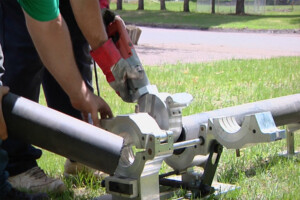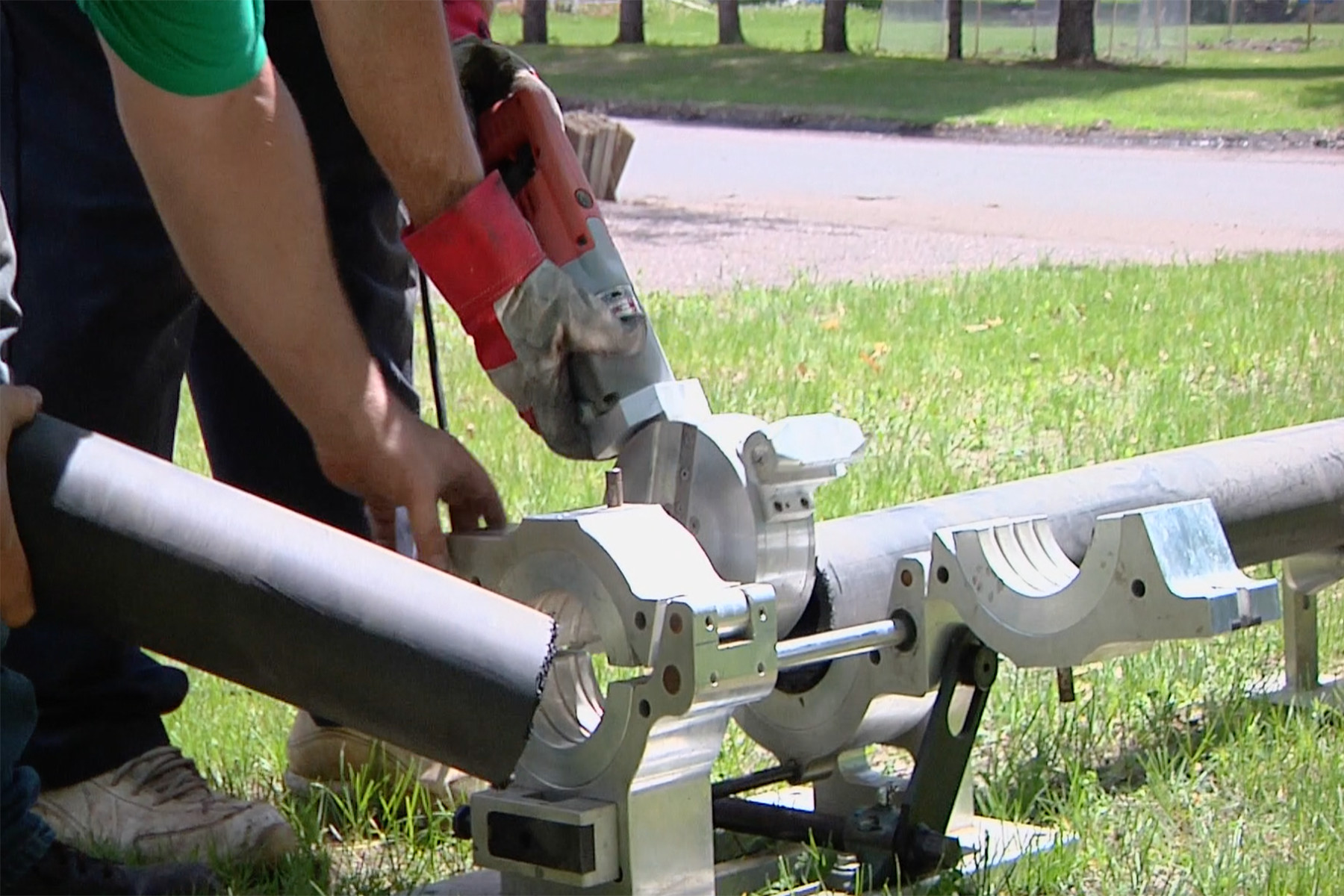 In the event that a pipe needs to be replaced or repaired, an option that doesn’t require digging is pipe lining. Pipes that face root infestations, leaking, cracks, and breaks can all benefit from pipe lining. This includes commercial sewer pipes and residential pipes. Rough joints and bends can also be corrected with pipe lining. The cost of repairs and replacements made with pipe lining are lower than other methods because there is no need for expensive demolition and excavation that often comes with open trench methods of re-piping.
In the event that a pipe needs to be replaced or repaired, an option that doesn’t require digging is pipe lining. Pipes that face root infestations, leaking, cracks, and breaks can all benefit from pipe lining. This includes commercial sewer pipes and residential pipes. Rough joints and bends can also be corrected with pipe lining. The cost of repairs and replacements made with pipe lining are lower than other methods because there is no need for expensive demolition and excavation that often comes with open trench methods of re-piping.
The process of pipe lining involves the use of PVC pipe with a watertight seal. The pipe is called a liner tube and it is placed inside of the damaged pipe. The seal is an epoxy that sits between the damaged pipe and the new pipe. Although the diameter of pipe is reduced with pipe lining, the flow capacity is much better than that of the damaged pipe.
There aren’t any joints or seams in the pipe liner, and they’re easier and quicker to install than with excavation because they can be put in without damaging the existing property or causing a major inconvenience. Landscaping and the surrounding environmental elements, such as trees and shrubbery, are left intact. The linear tube can be placed under sidewalks, swimming pools, buildings, garages, and more.
WHAT ARE SOME SIGNS THAT PIPE LINING IS NEEDED?
Chances are your building is probably already experiencing some form of pipe damage if it’s older than 10 years. Symptoms of pipe corrosion will usually be noticeable. Backups in the sewage, odor leaks, water that isn’t flowing like it should, tub and sink stains, and discoloration of the water are all signs of pipe corrosion/
WHAT CAN PIPE LINING BE USED ON?
– Drainage pipes and sewer laterals that go from commercial and residential properties to the main line
– Collectors and pipes that help drain water from the roof
– Restaurants and other commercial places that have floor drainage pipes.
HOW ARE PIPE PROBLEMS CAUSED?
Pipes Infiltrated By Tree Roots:
Water and material can be blocked in the pipes when tree roots make their way into the pipes. They pierce through connection points and seams in the pipes and continue to grow.
Water:
Erosion can be caused by water, along with corrosion. The pipes can become weaker through water exposure until small leaks form in the plumbing.
Hard water – when water is packed with minerals, it can cause pipe damage by creating blockages and crust.
Surface collected water / soft water – dissolved minerals in water with an acidic property can eat away at the pipe walls, making them thinner over time.
Plumbing Materials:
Metal plumbing systems – Pipes that are made of copper or galvanized often have problems with corrosion. Generally after 6 years have passed, the problems start, and anytime before 10 years is common for many problems. Preventing water from touching the affected pipe is the best way to cut out pipe corrosion.
PIPE LINING SYSTEM CAPABILITIES:
– All kinds of sewer and drain pipes, such as those made of iron, copper, lead, and steel
– Anywhere from 3″ to 10″ in diameter
– As much as 300 feet of length
– Bends that don’t exceed 90 degrees
– All common materials that are used for piping can be repaired
– Repairs of certain spots in the joints
– Partial or total section insertion
– Blind ends

